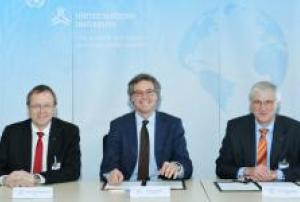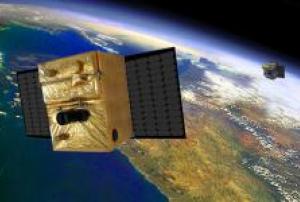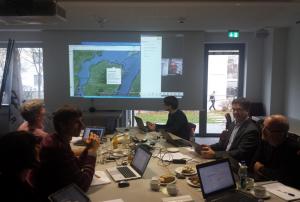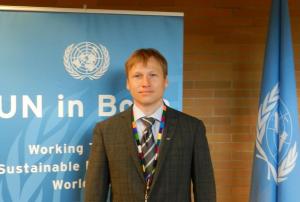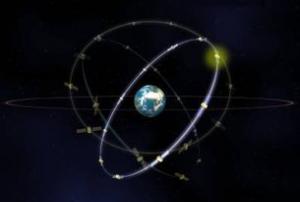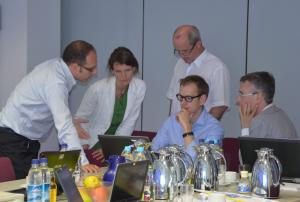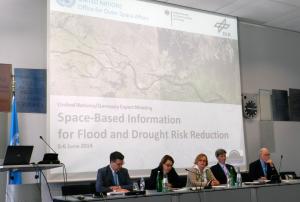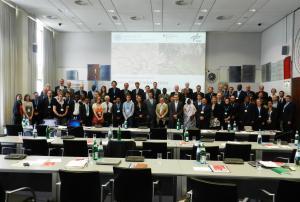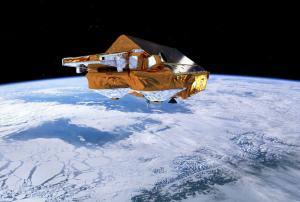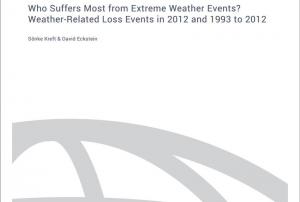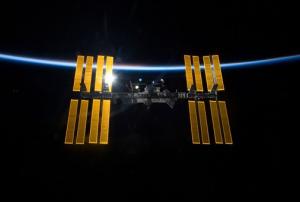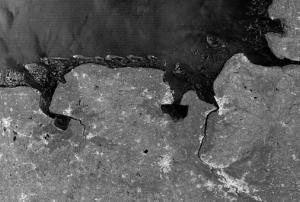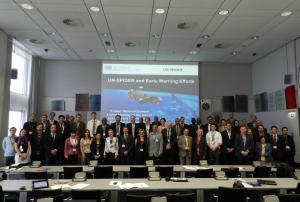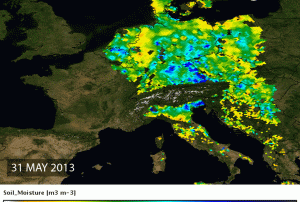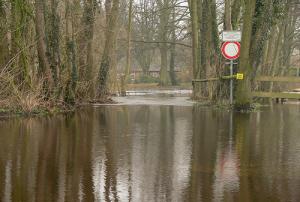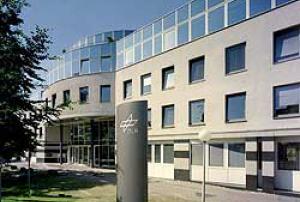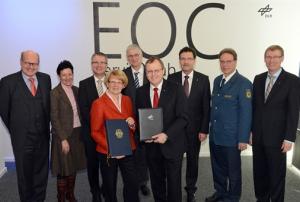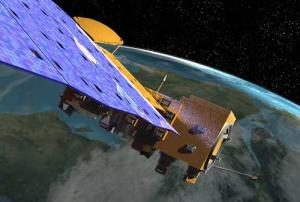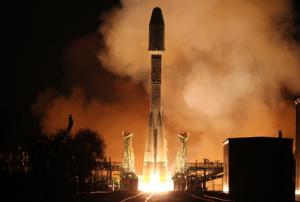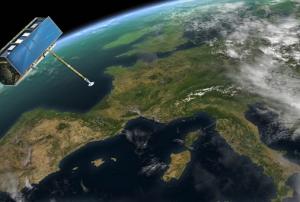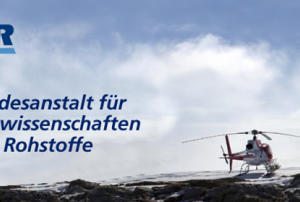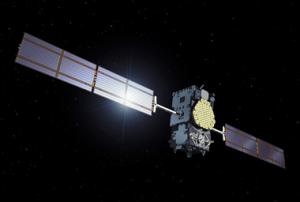The German Aerospace Center (DLR) and the United Nations University (UNU) have agreed to continue to strengthen their cooperation. Johann-Dietrich Wörner, Chairman of the DLR Executive Board, and Jakob Rhyner, Vice Rector of UNU in Europe and Director of UNU Institute for Environment and Human Security (UNU-EHS) in Bonn, signed an agreement to this effect on 23 February 2015.
DLR and UNU expect that their agreement will result in even closer ties between science and practice, additional joint projects in the field of Earth observation and climate change as well as sustainable resource protection. The two organizations will also collaborate on satellite communication and navigation, with the goal of increasing knowledge and knowledge transfer. This may also include exchange programmes for experts and the joint supervision of PhD and Master students. The German Remote Sensing Data Center (Deutsche Fernerkundungsdatenzentrum; DFD) at DLR is already cooperating with some of UNU…
more